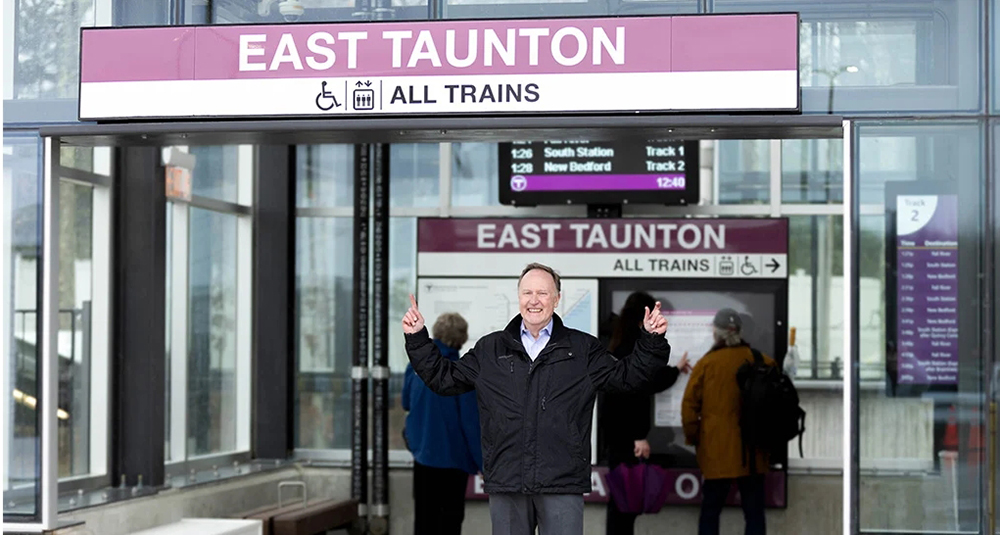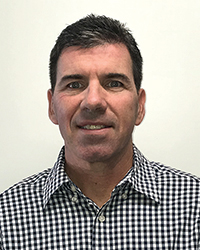Strategies to explore in a rising rate environment - by Jeffrey Muñoz

Northmarq
During times of volatility and uncertainty, capital markets for commercial real estate resemble a stock exchange. Investors wants to know where rates currently stand, where they are heading, how that may affect the next deal, and potential impacts on the overall commercial real estate market. In an already competitive market, any information can provide a leg up on the competition. Many headlines point out high levels of inflation among certain sectors while rising material and labor costs show this inflation is real.
Rates are expected to rise so investors’ overall cost of capital will increase moving forward. Understanding this trajectory, it’s important to pull the right financing levers in structuring an upcoming investment. Here are some potential strategies to explore in a rising rate environment
1. Evaluating current loans on swaps with a few years remaining on their terms. Starting in late 2014, the 10-year interest rate swap index fell below 2.40% and would fall as low as 1.31% by June 2016. The index stayed below 2.40% until the end of 2017. For this three-year period, borrowers on loans with 10-year swaps enjoyed low, fixed interest rates. Fast forward to today, if these loans were to be refinanced, the swap breakage fee will need to be calculated. This is done by taking the difference between the original 10-year swap index, under 2.40% at the time, and the current swap rate which corresponds to the length of the remaining loan term (3 to 5 years). Currently, the 3-year and 5-year swap rates are 2.65% and 2.66%, respectively. Because the swap index for the remaining term is higher than the swap index rate at loan origination, borrowers can receive a refund rather than pay an additional penalty. This means borrowers can potentially payoff their loans for less than the principal balance while securing a longer-term fixed rate period.
2. Using other capital stack elements to maintain your low rate while recapturing equity. Since 2020, borrowers have been able to lock in historically low rates for long-term financing. While a great incentive to keep equity in the property, situations come up where some of that equity can be used towards the next project. This can be achieved without refinancing by utilizing subordinate financing vehicles such as second notes, mezzanine loans, and equity. Each vehicle comes with its own complexities meant to solve different problems. One would be wise to consider these options before choosing which path to take.
3. Refinance floating-rate into fixed-rate loans. Historically low SOFR/LIBOR rates have made floating rate loans attractive. Comments made by Federal Reserve Chairman Jerome Powell has signaled towards a 50-bps rate increase in May with subsequent rates hikes planned later this year. After the prior rate hike in March, the 1-Month SOFR rose from 0.05% to 0.30%. Assuming a corresponding increase in May, it would not surprise anyone if the 1-Month SOFR rose to 0.80%. This can certainly start putting pressure on construction projects with multi-year completion timelines or floating rate permanent loans.
If these loans have no interest-rate caps, the sky is the limit for the index. Refinancing into a fixed-rate loan will take the risk of rising rates off the table.
Rates are still low. Over the last 10 years, the 10-year FHLB rates have bounced between 3.98% (September 2013) at its peak down to its lowest point of 1.24% (August 2020). Recency bias steers our attention towards today’s rates relative to rates two years ago. Given the long-term nature of CRE investments one piece of advice remains consistent: Don’t overreact. It also solidifies the importance of sourcing fundamentally strong deals combined with a conservative approach to the capital stack. While no one can predict how rates will impact the overall CRE market, strong deals will continue to perform. The ones who are likeliest to be hurt by the impact of rising rates are those who play on the higher side of the risk spectrum. History has rewarded those with a limited risk approach utilizing conservative leverage and risk-mitigating financing structures.
Jeffrey Muñoz is vice president, debt/equity office with Northmarq, Boston, Mass.
Check out the New England Real Estate Journal's 2025 Fall Preview Spotlight
Explore our Fall Preview Spotlight, featuring exclusive Q&As with leading commercial real estate professionals and in-depth byline articles on today’s most relevant market topics. Gain insight into the trends, challenges, and opportunities shaping New England’s commercial real estate landscape this fall.


30 years on South Coast Rail: A journey to connect Southeastern Mass. with commuter rail - by Rick Carey

How do we manage our businesses in a climate of uncertainty? - by David O'Sullivan

Shallow-bay wins on 495/128: A renewal-driven market with a thin pipeline - by Nate Nickerson











.png)